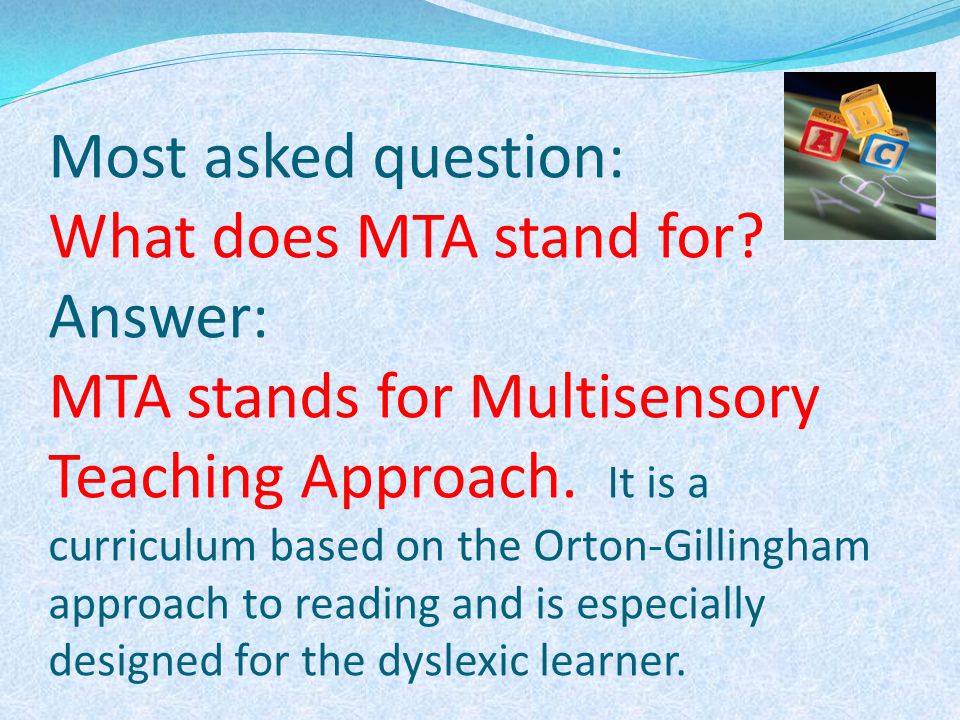

- Multisensory teaching approach training how to#
- Multisensory teaching approach training registration#
Group discussions are a great way of teaching since it increases the interaction in the classroom and students get to voice their opinions and suggestions. Suppose, if you are teaching digestion, you can make a story of how the food has set forth on a journey, the pit stops it takes and likewise, you can label each organ as a train station or so and then ask your students to complete the storyline accordingly. Later, ask them to arrange the story in a way that makes sense, and then, ask your students to enact the story. That is to say, write different parts of the story on different pieces of paper, jumble the order and let the students choose the bits. Make stories out of the concepts that you want to teach and write them on small bits of paper. A multi-sensory approach is best for younger kids while it is also applied in higher grades. This is mainly done in smaller grades where the students have just started learning alphabets and words. This way, their diction gets better and they have a better understanding of pronunciation. In air writing, students are required to write in the air and are asked to pronounce the words while doing so. This is one of the most popular methods of incorporating a multi-sensory approach to the classroom. Plan activities/ games that would evoke their senses like phonic flashcards, listening games, visual aids, and likewise so that students stay interested and engaged throughout the classes. Plan Activities that include visual, tactile, and auditory approachesĪs mentioned, multi-sensory teaching is an approach that aims to appeal to the different senses of the students. How do you incorporate multi-sensory teaching methods to your classroom? It is simple and effective and here are a few tips on how you can integrate a multi-sensory approach to the classroom:ġ.
Multisensory teaching approach training how to#
How to Integrate Multisensory Teaching to the Classroom Let us take a look at the techniques used in multisensory teaching and the major advantages of multisensory teaching. This type of teaching has been proven as an effective method of teaching and learning. It is a method of teaching by appealing to multiple senses of the student like visual, auditory, and haptics (sense of touch). Multisensory teaching is an approach that is centered around these lines. When you are involved in things, the retention rate is higher. When students are involved in the teaching-learning process, the understanding is higher and as mentioned, they retain the concepts in a better manner. That’s how deep your connection with the subject is.


The subtle brown color, the aroma of brewing coffee, the first sip, everything about it appeals to all our senses, and just by reading this, you are reminded of your favorite cup of coffee.
Multisensory teaching approach training registration#
Upon successful completion of the course, graduates are eligible to take the National Alliance Registration Exam and make application to become members of the Academic Language Therapy Association (ALTA).You know how soothing a cup of coffee is.

LEAD is also recognized by the International Dyslexia Association. LEAD is accredited by the International Multisensory Structured Language Education Council (IMSLEC) at all four levels: Teaching, Instructor of Teaching, Therapy, and Instructor of Therapy. This designation is earned by teacher training centers that adhere to high standards.


 0 kommentar(er)
0 kommentar(er)
